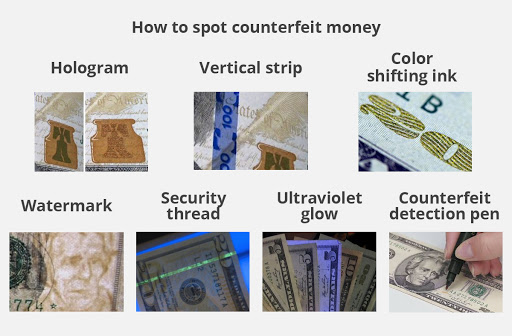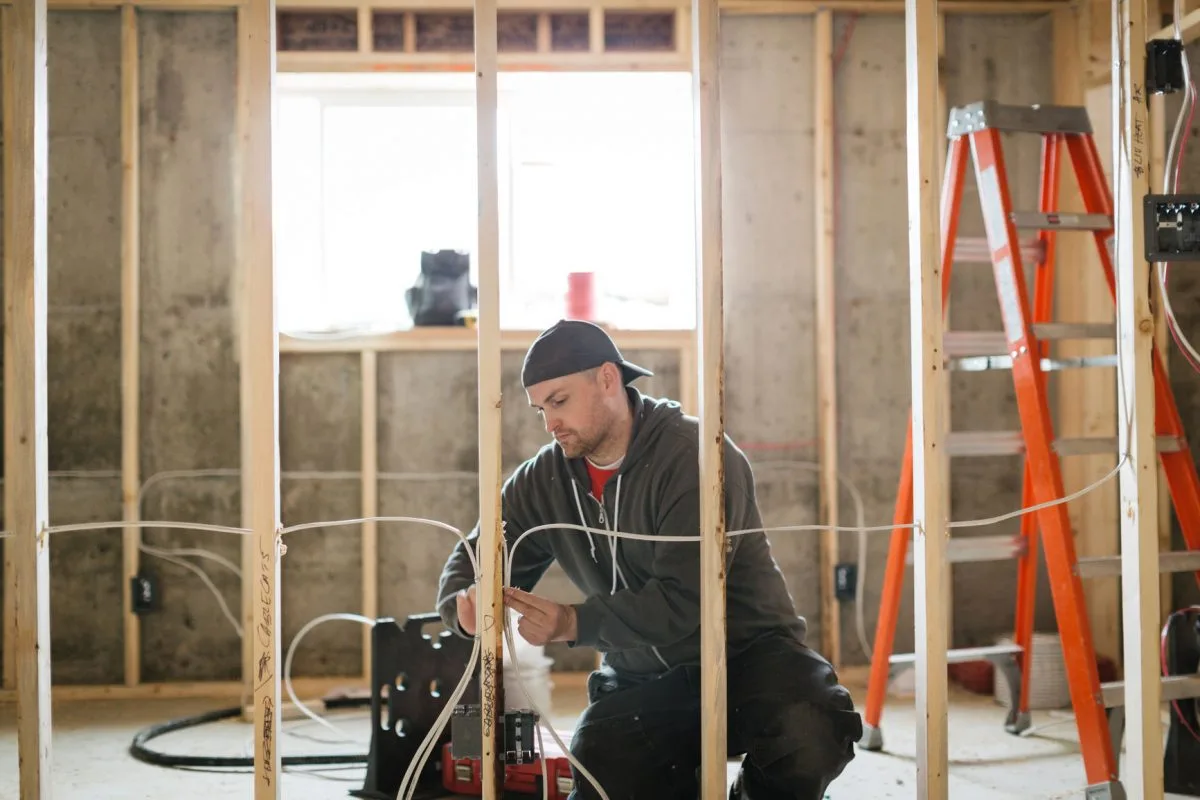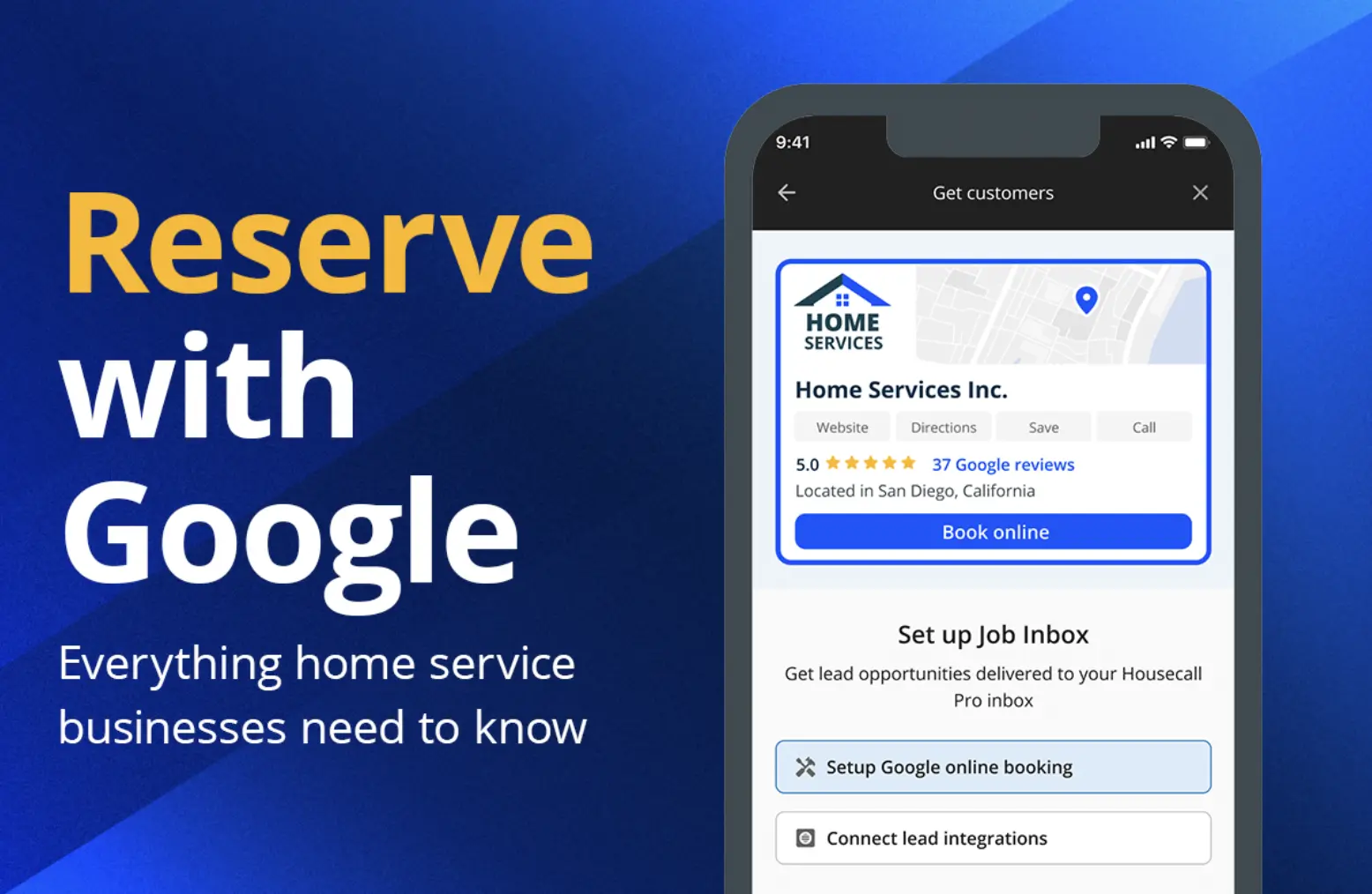
It’s a small business owner’s nightmare. You provide a service for a customer and they pay in cash. Later on, you discover that the cash is counterfeit. Suddenly, you find yourself in a very difficult situation. What should you do? Who should you contact? And how can you tell if money is counterfeit in the first place?
In this post, we’re going to break down the how, what, and why of counterfeit money. We’ll explain exactly how to detect it, what to do when you encounter it, and how to protect yourself and business against it.
Let’s dive in.
How To Spot Counterfeit Money
Thankfully, there are numerous methods for detecting counterfeit bills. If you suspect you’ve been given a counterfeit bill, employ these methods to test it.
Look For The Holograph
When you hold the bill up to the light, you should see a holograph that matches the face on the bill. In other words, if you’re examining a $100 bill, you should see a holograph of Benjamin Franklin’s face that matches the face image on the front of the bill. If the bill is counterfeit (such as a $5 bill bleached and retooled to look like a $100 bill), the holographs won’t match and the bill is counterfeit.
Look For The Vertical Strip
When you hold the bill up to the light, you should see a very thin vertical strip that has the denomination of the bill on it. If you don’t see the strip, you know the bill is fake.
Look For Color Shifting Ink
In the new series of bills (except for the $5), the ink on the number in the bottom right corner is color shifting ink. When you move it back and forth in the light, the ink changes from green to black and back.
Look For The Watermark
When you hold a bill up to the light, you should see a watermark in the blank space to the right of the portrait. You should be able to see the watermark from both sides of the bill since it is embedded directly into the bill. If you don’t see the watermark, you know that it’s counterfeit.
Look For The Security Thread
Hold the bill up to the light and look for a thin embedded strip that runs from the top to bottom on the face of the note. In the $10 and $50, the strip is to the right of the portrait. In the $5, $20, and $100, the strip is to the left of the portrait. No strip means it’s counterfeit.
Look For The Ultraviolet Glow
If you hold a bill up to ultraviolet light, it will glow a specific color depending on its denomination.
- $5 bill glows blue
- $10 bill glows orange
- $20 bill glows green
- $50 bill glows yellow
- $100 bill glows red
If you hold the bill under ultraviolet light and it doesn’t glow the appropriate color, you know that it’s counterfeit.
Use A Counterfeit Detection Pen
Another option for detecting counterfeit money is to use a counterfeit detection pen. Many counterfeiters print their bills on wood-based paper. A counterfeit pen reacts with the starch in wood-based paper to create a black stain. So how you can tell if you have a fake $20 bill? If you mark the bill with a counterfeit pen and it produces the black stain, you know that it’s counterfeit.
What To Do With Counterfeit Money
So what should you do if someone presents you with counterfeit money? Should you immediately confront them? Should you accept the money?
Consider the following steps:
Contact Local Law Enforcement
First and foremost, you must not put yourself in any sort of danger. Do not confront or try to physically detain the person who passed you the counterfeit bill. The person who passed the bill could be a dangerous criminal. Or it is possible that it was done innocently. Either way, don’t put yourself in harm’s way.
Rather, accept the bill and then contact your local law enforcement immediately. They will then contact the Secret Service regarding the fraudulent transaction. If the person is still in the store, try to delay them with some excuse while you wait for law enforcement to arrive. But don’t press the issue.
Collect Evidence After The Bills Are Taken
After you’ve contacted law enforcement and the customer has left the premises, place the bill in a plastic bag or envelope. Write down your name, as well as the date and time that you discovered the note was fraudulent. Try to avoid handling the money as much as possible.
When the police arrive, provide them with as many details as you can remember about the customers who paid with the counterfeit bill. If you have any security footage of the incident, give that to the police. Also, if an employee received the counterfeit bill, give the police the contact information of that employee.
Contact Your Insurance Company
It’s possible that your insurance policy may cover the lost funds from the fraud. Contact them, explain the situation, and provide them with as much documentation as possible, including the police report. You may find that you can recover some or all of the lost revenue through insurance.
How To Protect Your Business From Counterfeit Money
What steps can you take to protect your business from receiving counterfeit money? Consider following this course of action.
Step #1: Promote Cashless Payments
As much as possible, you should try to promote cashless payments in your business, particularly for larger transactions. This minimizes the risk of you receiving fake bills.
Housecall Pro is an outstanding payment processing provider, with only a 2.65% flat rate transaction fee.
To take payment from your phone or tablet, you can simply scan the credit card using the app. And you can send invoices that can be paid online with a credit card rather than with cash.
With Instapay, you can deposit credit card payments into your bank account instantly. When Instapay is turned on, you’ll have access to your money in 30 minutes or less, providing you with the flexibility to take control of your cash flow.
Sometimes you just can’t wait two days to get your money. We’ve all been there, whether it’s payroll coming up, an emergency expense, or you just need some extra cash for the weekend it’s life-changing to have your money available when you need it.
Step #2: Insure Your Business Against Counterfeit Money
As noted above, some insurance policies cover fraudulent transactions. Check your insurance policy to make sure that it does. If it doesn’t contact your insurance agent so that you can get a policy that does cover your business in the event of receiving counterfeit bills.
Step #3: Train Your Employees To Spot Fraudulent Bills
First and foremost, you should train your employees to recognize fraudulent bills. Teach them the various methods for spotting counterfeit notes and ensure that they can tell the difference between a legitimate note and a fake one.
It’s crucial to hold your employees accountable for this step. Yes, in a small business everyone has many jobs to do. But if you don’t hold your employees accountable for this, it’s more likely that you’ll fall prey to counterfeit bills.
Step #4: Use Counterfeit Detection Tools
As noted above, you can use a counterfeit detection pen to detect fraudulent notes printed on wood-based paper. However, you may want to consider investing in more technical equipment in order to protect yourself against more savvy counterfeiters who know how to get around the counterfeit pen.
Counterfeit detection tools include:
- Watermark lamps that backlight the bill to reveal the hidden features, such as the watermark.
- Ultraviolet lamps to reveal whether the bills glows appropriately.
- Magnetic ink scanners that can detect fake ink.
- Multi-test scanners that perform a variety of tests, all designed to reveal whether a bill is counterfeit.
Learn the warning signs of counterfeit money
With millions of dollars in counterfeit bills being printed every year, it’s more important than ever to protect yourself against counterfeit money. The best possible way to prevent against counterfeit bills is to avoid cash transactions as much as possible and rely primarily on credit card payments.
However, if this isn’t possible, follow the steps above. And if you do encounter fraudulent bills, don’t panic. Contact the authorities and let them handle the case.







